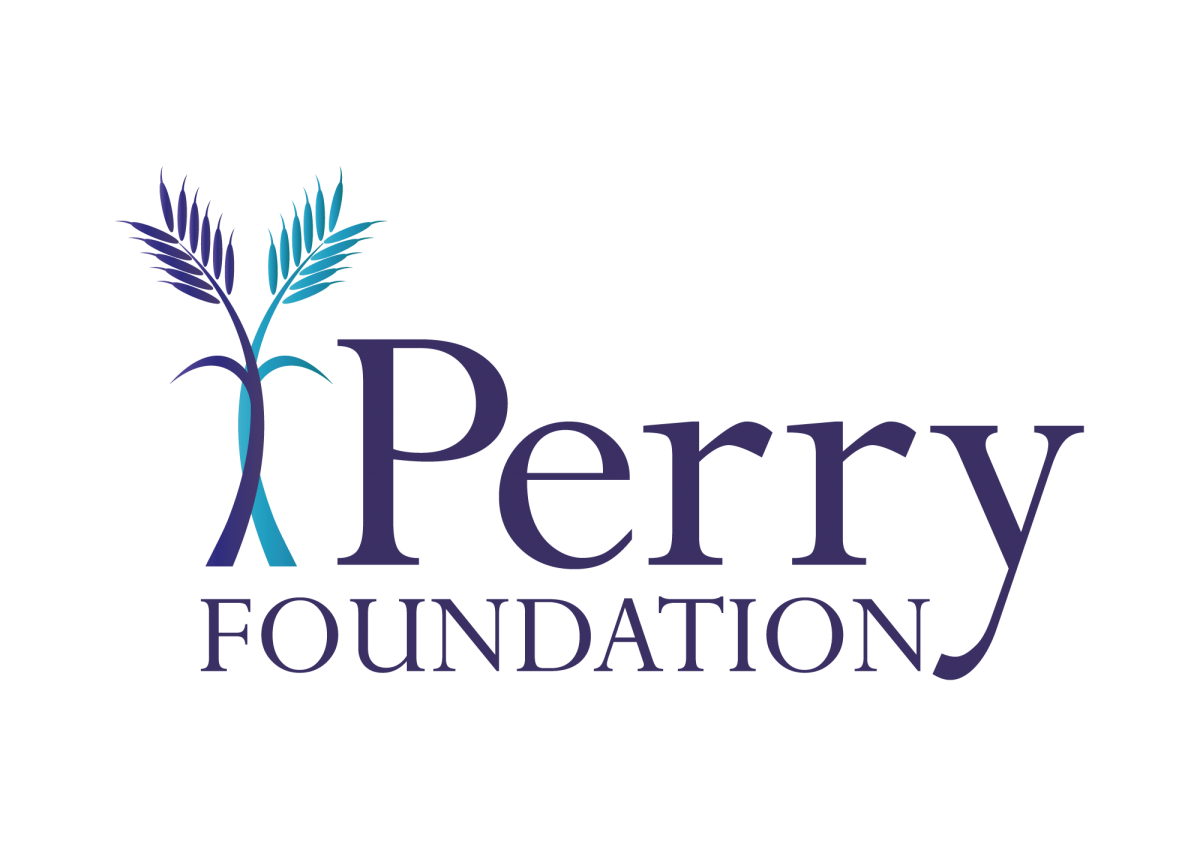Impact of nutrition on oocyte quality and fertility in cattle
Sylwia Adamiak - Scottish Agricultural College
Background
Environmental influences such as chronic and acute changes in dietary intake and body composition can have a profound effect on fertility and, specifically, ovarian function in all mammalian species studied, including humans. Whilst there is a considerable body of data that describes the effects of nutritional status on the central mechanisms governing gonadotrophin release, much less is known about the direct effects of nutrition on the follicle-enclosed oocyte, and the consequences that this might have for post-fertilization development, so there is an urgent need to conduct thoughtfully designed whole animal studies that adequately characterize both the dietary treatments and metabolic status of the animals involved. It is highly probable that the effects of nutrient supply will be influenced by the body composition of the oocyte donor, but this has never formally been determined. Furthermore, the effects of altering carbohydrate source (starch vs digestible fibre) on oocyte quality are unknown. Whilst the inclusion of rumen bypass fatty acids (such as calcium soaps of palm oil fatty acids) within ruminant diets has been shown to improve fertility with beneficial effects on whole animal energy metabolism, and reported actions on the ovarian follicle and corpus luteum, little is known about the uptake of specific fatty acids by the follicle-enclosed oocyte, and how this may be altered by maternal nutrition and the consequences that this might have for post-fertilisation development.
The primary objective of Experiment 1, therefore, was to assess the combined effects of body condition and level of feeding on the post-fertilization developmental potential of oocytes recovered from heifers by ultrasound guided transvaginal follicular aspiration (Ovum Pick-Up; OPU). A secondary objective was to relate oocyte quality to the metabolic status of these animals, specifically to plasma concentrations of insulin, IGF1 and leptin. Finally, by collecting oocytes from repeated sessions of OPU it was possible to determine the effects of changes in nutritional status over this period (lasting several weeks) on oocyte quality. Experiment 2 assessed the interactive effects of carbohydrate type (fibre vs starch) and fatty acid supplementation in moderately lean and fat heifers on the post-fertilisation developmental potential of oocytes recovered by OPU. A secondary objective was to compare the fatty acid composition of plasma to that of granulosa cells and cumulus-oocyte complexes from these animals, and to relate these findings to the post-fertilisation developmental potential of these oocytes.
Experiment 1
Twenty-four heifers of Low and Moderate body condition were placed on one of two levels of feeding (equivalent to once or twice the maintenance requirements of these animals). Oocytes were recovered at two defined time points within each of three successive oestrous cycles, and matured, fertilised and cultured to the blastocyst stage in vitro. The results show that the effect of feeding level on oocyte quality is dependent on the body condition of the animal; the high level of feeding being beneficial to oocytes from animals of low body condition but detrimental to oocytes from animals of moderately-high body condition. Furthermore, the effects of high levels of feeding on oocyte quality were cumulative, with blastocyst yields for relatively fat heifers on twice maintenance deteriorating with time on study relative to that for relatively thin heifers on the same level of feeding. Finally, a significant proportion of the moderately fat animals on the high level of feeding were hyperinsulinaemic, and we show for the first time in ruminants that this condition is associated with impaired oocyte quality.
Experiment 2
This study assessed the interactive effects of carbohydrate type (fibre vs starch) and fatty acid (FA) supplementation (0 vs 6 % calcium soaps of palm oil fatty acids) on the post-fertilisation development of oocytes recovered from moderately lean and fat heifers. A secondary objective was to compare the FA composition of plasma to that of granulosa cells (GCs) and cumulus-oocyte complexes (COCs) from these animals, and to relate these findings to the developmental potential of oocytes. Plasma, granulosa cell (GCs) and cumulus oocyte complexes (COCs) were recovered from thirty-two heifers on Day 5 of a synchronised oestrous cycle for fatty acid analyses. Oocytes were also recovered on Days 10 and 15 of the same cycle following short-term ovarian stimulation, and matured, fertilised and cultured to the blastocyst stage in vitro. High levels of dietary starch increased plasma insulin but, together with dietary fatty acids, reduced Day 8 blastocyst yields in lean but not in moderately fat heifers. Dietary induced alterations to the FA content of plasma were less apparent in GCs and COCs. In summary, although dietary lipids increased the FA content of COCs, the selective uptake of saturated FAs at the expense of mainly polyunsaturated FAs within the follicular compartment ensured that the FA composition of COCs was largely unaffected by diet. However, the concentration of saturated FAs within COCs was inherently high, and so further increases in FA content may have impaired post-fertilisation development. The data establish a robust nutritional framework for more detailed studies into the mechanistic effects of dietary composition on the post-fertilisation developmental potential of oocytes.
Implications
These studies clearly show that animal body composition, level of feeding and diet composition influence oocyte quality and early post-fertilisation development. This work has major implications for how cattle are fed prior to and around the time of mating with regard to early pregnancy failure and fertility. Studies are currently in progress with lactating dairy cows in the hope that this new information may help reverse the dramatic decline in fertility witnessed in the national herd over the last three decades.
Published output to date
Adamiak SJ, Mackie K, Watt RG, Webb R & Sinclair KD (2005). Impact of nutrition on oocyte quality: Cumulative effects of body composition and diet leading to hyperinsulinemia in cattle. Biology of Reproduction 73: 97-105

